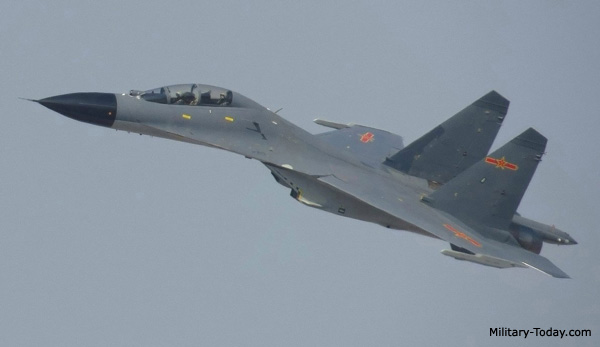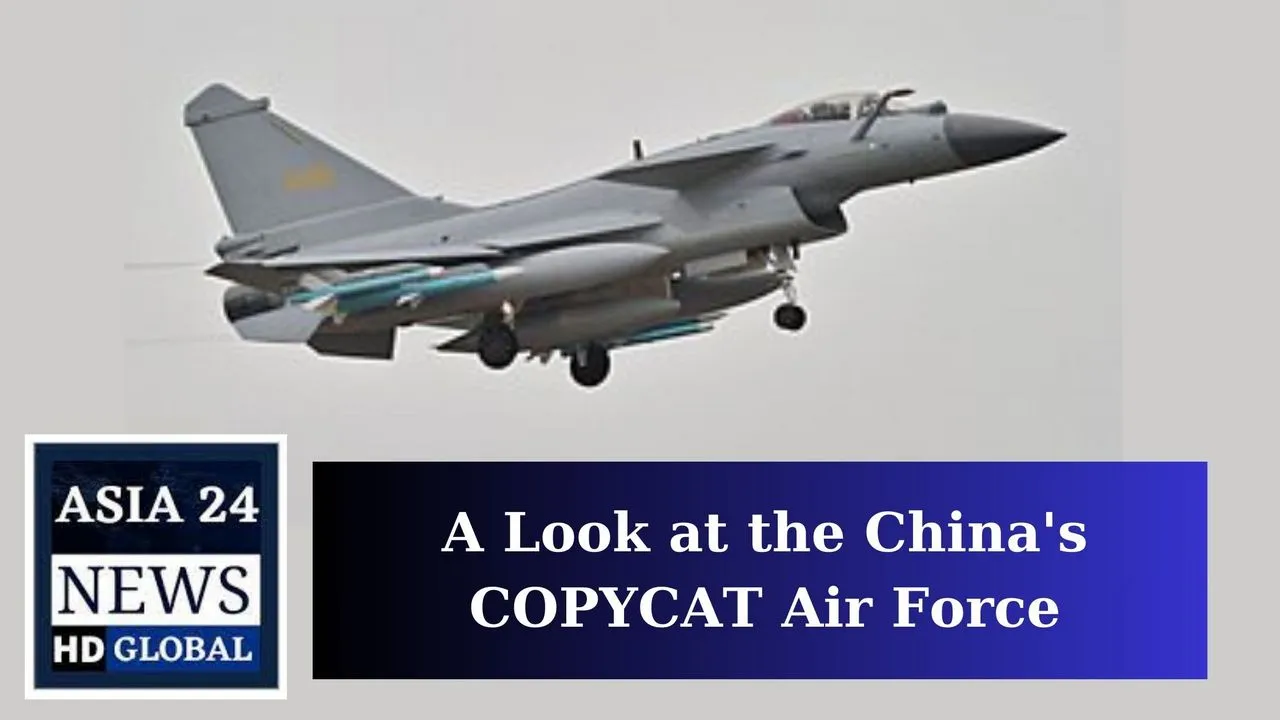China’s COPYCAT Air Force: A Look at the China’s Military Designs, Role of China’s Military Development Under Scrutiny Over Decades.
China’s COPYCAT Air Force
In recent years, discussions surrounding China’s military capabilities have often centered on accusations of theft, purchases, or copying of designs from other nations, particularly its adversaries. In this analysis, we delve into the realm of aviation design spanning several decades, shedding light on key instances that have shaped China’s fighter jet landscape.
Chengdu J10: Tracing Roots to the F-16
China’s Chengdu J10, a single-engine multi-role fighter, bears a striking resemblance to America’s F-16. Unraveling its origins takes us back to the 1980s when Israel, with significant U.S. assistance, was developing a similar fighter known as the Lavi. When the Lavi program collapsed, China seized the opportunity by acquiring Israel’s plans and classified F-16 information, laying the foundation for the Chengdu J10.
Shenyang J11 and J16: Soviet Connections
The genesis of China’s Shenyang J11 and its successor, the J16, can be directly traced to economic troubles faced by the Soviet Union in 1989. China capitalized on the situation by purchasing the design and production line of the Soviet Su-27, which evolved into the J11. Later, in 2000, China returned to Russia for upgrades, giving rise to the J16.

China’s carrier fighter, the Shenyang J15, has Soviet roots, but its acquisition took a different route. Unable to secure the carrier-capable Su-33 from Russia, China turned to Ukraine, procuring a single Su-33 prototype. Despite challenges, China reverse-engineered the aircraft, resulting in the creation of the J15.
FC1/JF-17: A Fusion of Designs
China’s FC1, also known as the JF-17, introduces a convoluted narrative. China obtained the design for the Soviet MiG-21 and blended it with elements from the Lavi, creating a unique fighter that remains in service for both China and Pakistan.
J20 and FC31: The Stealth Dilemma
China’s foray into stealth fighters, the J20 and FC31, has sparked debates about originality. While some label the J20 as a direct copy of the F22, its design incorporates stolen cues from Lockheed Martin’s now-defunct Soviet MiG 144 stealth fighter effort. The FC31, aimed at the export market, echoes similar design elements, raising questions about the sustainability of China’s innovation strategy.
Looking Forward: A Balancing Act
While China has invested significantly in military research and development, reliance on acquired designs raises concerns about the long-term sustainability of its innovation apparatus. As China strives to balance catching up with global military capabilities and nurturing cutting-edge technology domestically, the future trajectory of its military development remains uncertain. Time will reveal whether China can invigorate its R&D sectors to sustain innovation without solely depending on shortcuts through acquisition and imitation.
Also Read: Kim Jong-un’s New Year’s Address Stirs Concerns Over Military Buildup







